 Server
Colocation
Server
Colocation
 CDN
Network
CDN
Network
 Linux Cloud
Hosting
Linux Cloud
Hosting
 VMware Public
Cloud
VMware Public
Cloud
 Multi-Cloud
Hosting
Multi-Cloud
Hosting
 Cloud
Server Hosting
Cloud
Server Hosting
 Kubernetes
Kubernetes
 API Gateway
API Gateway

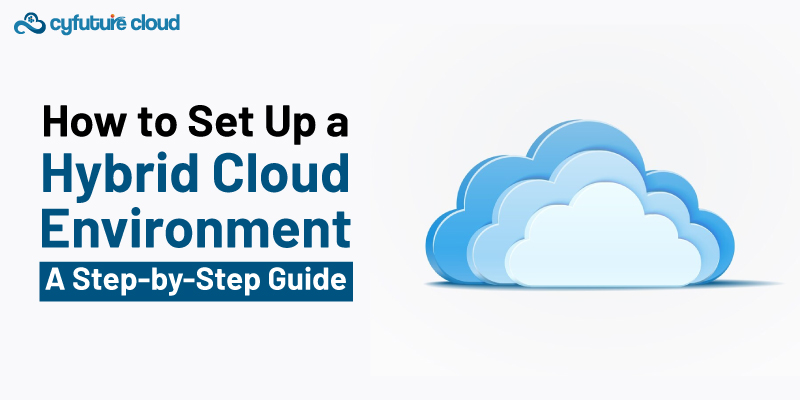
Although the hybrid cloud's design may appear a little sophisticated, it isn't really that hard. It offers the best of both worlds by offering both private and public clouds–making it the ideal choice–if you need to grow your services or integrate your present IT system.
You will discover in-depth instructions on how to create a hybrid cloud from scratch in this article.
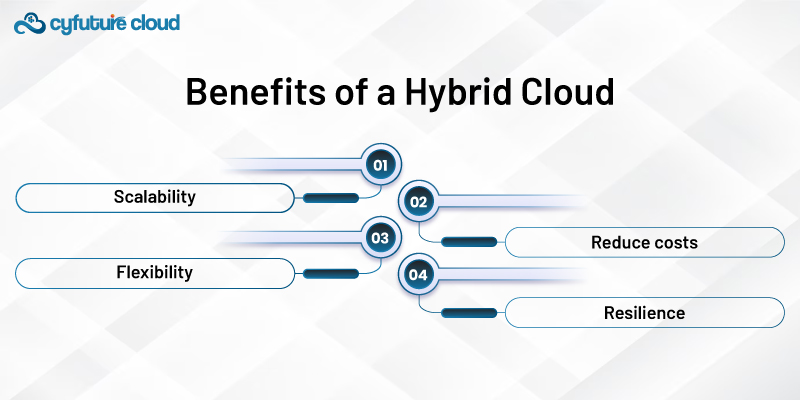
Hybrid cloud's integration, data, and apps may flow easily between public cloud services and on-premises infrastructure (private cloud). This method preserves control over sensitive data while offering more flexibility, cost savings, and optimal resource use.
It's important to know the following reasons why a hybrid cloud can be a good fit for you before moving forward with the setup:
- Scalability
- Reduce costs
- Flexibility
- Resilience
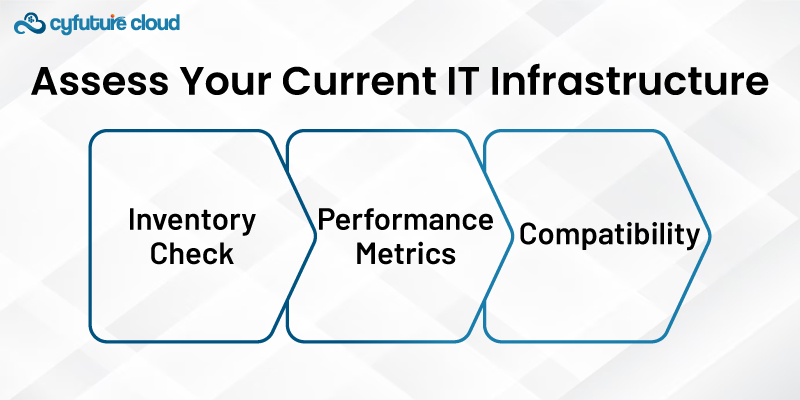
Start by evaluating your existing IT infrastructure to determine its compatibility with a hybrid cloud setup:
- Inventory Check: List all applications, data, and systems currently in use.
- Performance Metrics: Understand the performance and capacity requirements of your current setup.
- Compatibility: Identify which applications and data are suitable for the public cloud, which need to stay on-premises, and which can be hybridized.
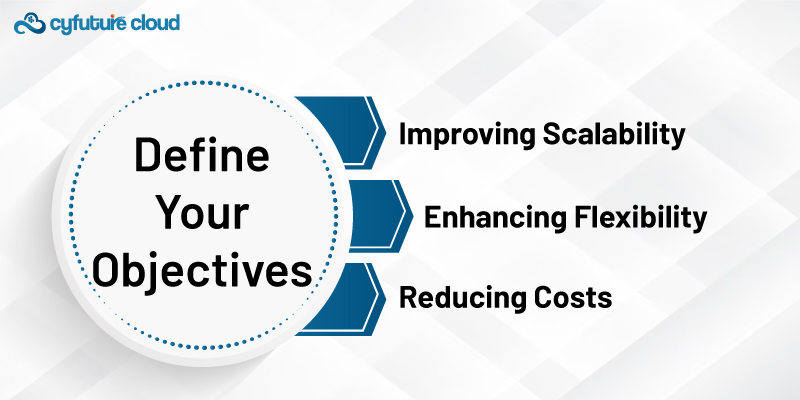
Set clear objectives for what you hope to achieve with your hybrid cloud. These could include:
- Improving Scalability: To handle increased demand without additional hardware investment.
- Enhancing Flexibility: To quickly deploy and manage applications across environments.
- Reducing Costs: To shift variable workloads to cost-effective public cloud services.
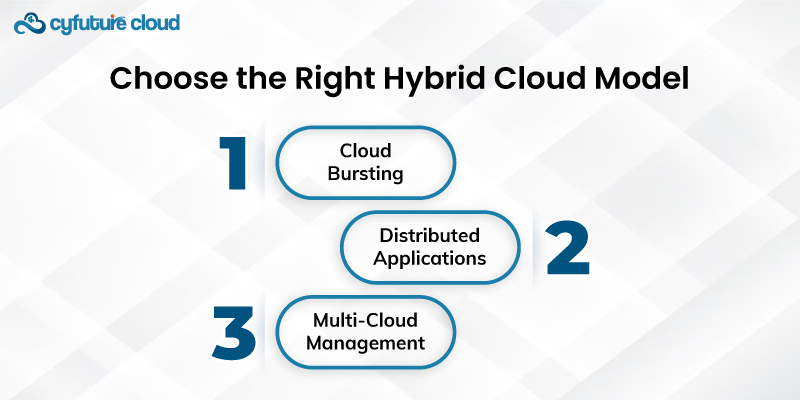
There are several hybrid cloud models to consider:
- Cloud Bursting: Temporarily extend private cloud capacity into the public cloud during peak demand.
- Distributed Applications: Run applications across both private and public clouds.
- Multi-Cloud Management: Utilize multiple cloud hosting providers while integrating with on-premises systems.
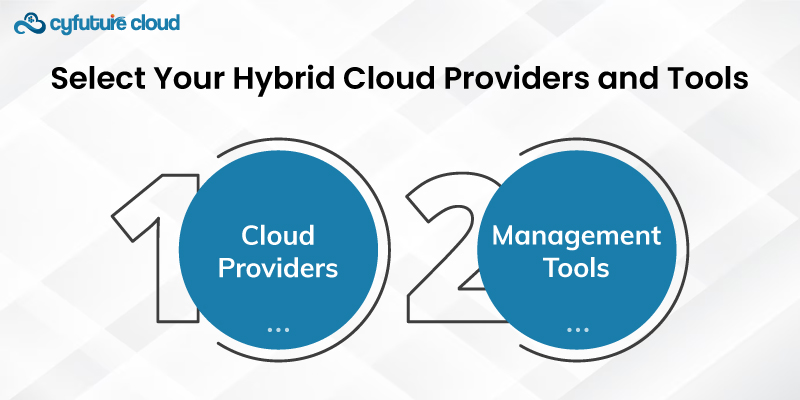
A flawless hybrid cloud setup depends on selecting the appropriate cloud service providers and tools:
- Cloud providers: AWS, Microsoft Azure, Google Cloud, and IBM Cloud are typical choices. Consider their features, cost, and compatibility with the systems you already have.
- Management Tools: You can manage and integrate hybrid environments with the use of tools such as Google Anthos, Microsoft Azure Arc, and VMware Cloud Foundation.

Integrity is a hybrid cloud's fundamental component. Organize the interaction between your private and public clouds:
- Networking: To provide safe and dependable communication between environments, use VPNs or direct connections like AWS Direct Connect or Azure ExpressRoute.
- Identity Management: To guarantee smooth user authentication across environments, employ a single identity management solution (such as Azure Active Directory).
- APIs and Middleware: To promote data and application interoperability, make use of APIs and middleware technologies.
A hybrid cloud configuration must prioritize security. Safeguard your apps and data by:
- Encryption: To prevent unwanted access–encrypt data both while it's in transit and at rest.
- Access Controls: Implement strong access controls and permissions management.
- Monitoring: Identify and address security risks, and make use of third-party solutions and cloud-native security technologies.
Plan and carry out the workload and data transfer to your hybrid cloud with caution:
- Prioritization: To reduce risk, begin with data and applications that are not urgent.
- Data Transfer: For large-scale data transfers, use tools and services like Azure Data Box or AWS Snowball.
- Testing: Before completely moving, test workloads in the hybrid environment to make sure they operate as intended.
Once your hybrid cloud is operational, focus on optimization and management:
- Performance Monitoring: Continuously monitor performance.
- Cost Management: Track and manage costs to prevent overspending on cloud resources.
- Updates and Patches: Regularly update and patch systems to maintain security and performance.
Disaster recovery (DR) capabilities can be improved by a hybrid cloud by utilizing both private and public cloud resources:
- Recovering Method: Utilizing cloud-based tools, create a solid backup plan that guarantees data integrity.
- Mechanisms for failover: Establish failover procedures so that backup systems are automatically switched in the event of an outage.
Ensure your IT team is trained to manage and operate the hybrid cloud environment:
- Skills Development: Provide training on cloud platforms and hybrid cloud management tools.
- Best Practices: Promote best practices for security, performance, and cost management.
Hybrid cloud implementation is, therefore, a good model that needs proper planning and integration but has key advantages over other models when it comes to the multifaceted aspects of infrastructure management, flexibility, scalability, and costs.
Following these steps, it will be possible to implement the desired hybrid cloud infrastructure dependable upon the organization’s requirements and needs to integrate the main aims and objectives properly and guarantee the overall security and management of the IT resources. Of course, like with any other large-scale IT implementation, constant assessment, fine-tuning, and educating employees form the basis of a good hybrid cloud strategy.

Let’s talk about the future, and make it happen!
By continuing to use and navigate this website, you are agreeing to the use of cookies.
Find out more


